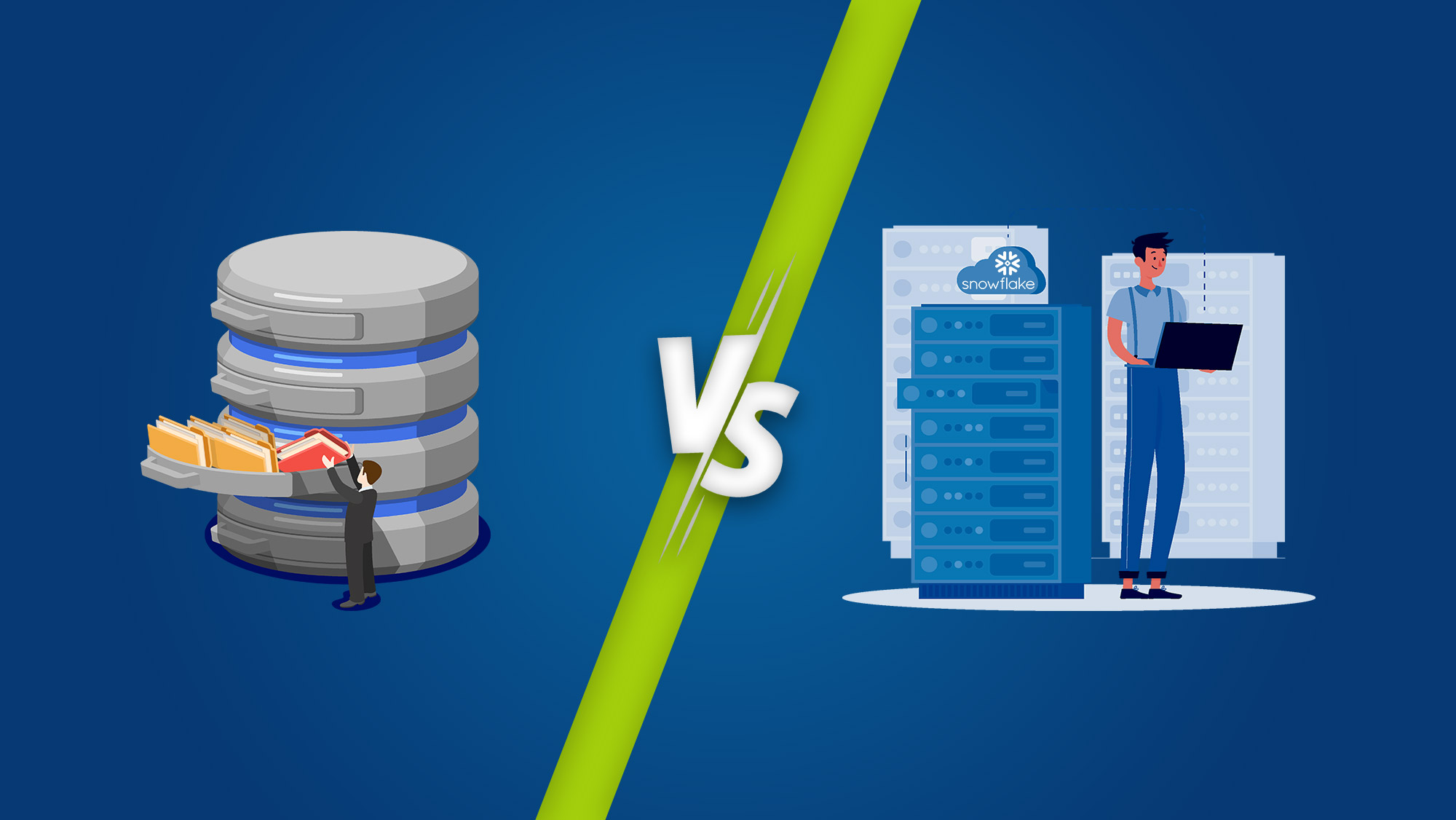
In the world of data management and analytics, the choice of the right database platform can make a significant impact on an organization's ability to extract valuable insights from their data. Traditional databases have been the go-to option for years, but the rise of cloud computing has paved the way for innovative solutions like Snowflake. In this blog, we will explore the key differences between Snowflake and traditional databases, and delve into why Snowflake has emerged as the superior choice for modern data warehousing and analytics needs.
Traditional databases often struggle with scaling and performance issues when faced with large volumes of data and complex queries. Snowflake, on the other hand, was built from the ground up to harness the power of the cloud. Its architecture separates compute and storage, allowing for independent scaling of resources. This unique approach ensures unparalleled scalability and elasticity, enabling organizations to seamlessly handle varying workloads and eliminate the limitations of traditional databases.
Unlike traditional databases designed for on-premises infrastructure, Snowflake was purpose-built for the cloud. This cloud-native architecture provides several advantages. Snowflake takes advantage of the distributed computing capabilities offered by cloud providers, resulting in faster processing times and improved performance. It also allows organizations to eliminate the overhead of hardware management and reduce costs by only paying for the resources they need.
Traditional databases often struggle with integrating and unifying diverse data sources. Snowflake, on the other hand, excels in this area. It offers seamless data integration capabilities, enabling businesses to bring together structured and semi-structured data from various sources into a single, unified platform. This unified view of data allows for more comprehensive analysis and facilitates the extraction of valuable insights.
Snowflake's unique architecture provides exceptional performance and concurrency. Traditional databases can experience bottlenecks and slow down when multiple users or applications concurrently access the system. Snowflake's multi-cluster architecture ensures that each query is executed in its own isolated environment, resulting in consistent and predictable performance even during high concurrency. This feature makes Snowflake an ideal choice for organizations that require real-time analytics and fast query execution.
Implementing and maintaining traditional databases can be complex and time-consuming. Snowflake simplifies the process with its user-friendly interface and intuitive SQL-based query language. It provides automated performance optimizations, automatic scaling, and built-in data management capabilities, reducing the administrative burden on IT teams. The ease of use and rapid time to value offered by Snowflake make it an attractive option for organizations looking to quickly leverage the power of their data.
Snowflake's cloud-native architecture, scalability, seamless data integration, superior performance, and ease of use have positioned it as a superior choice compared to traditional databases. Its ability to handle large volumes of data, support high concurrency, and deliver near-real-time analytics insights sets it apart in the rapidly evolving world of data warehousing and analytics. By embracing Snowflake, organizations can unlock the full potential of their data, gain valuable insights, and make data-driven decisions that drive innovation and growth.
No Comments Yet
Let us know what you think